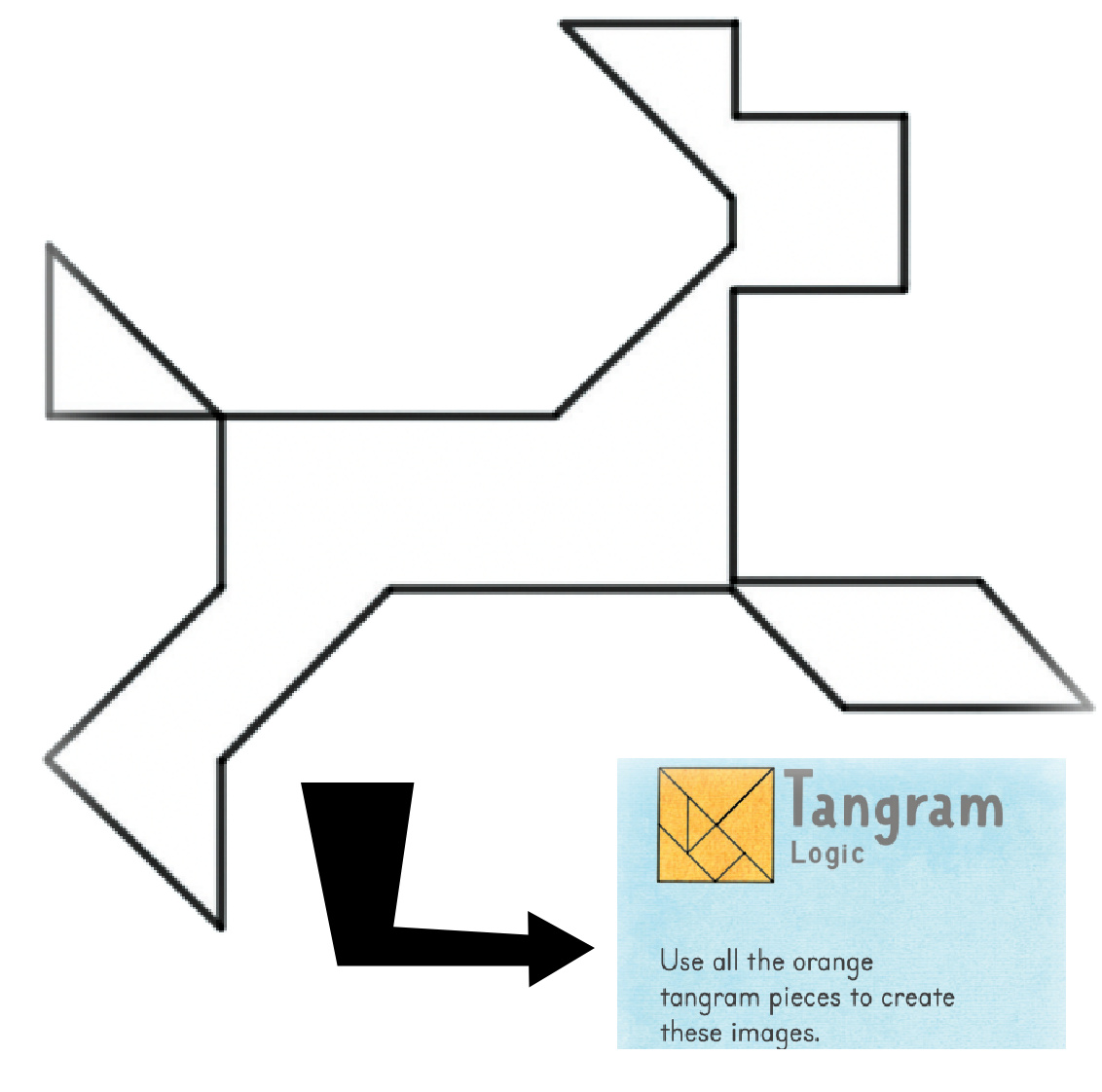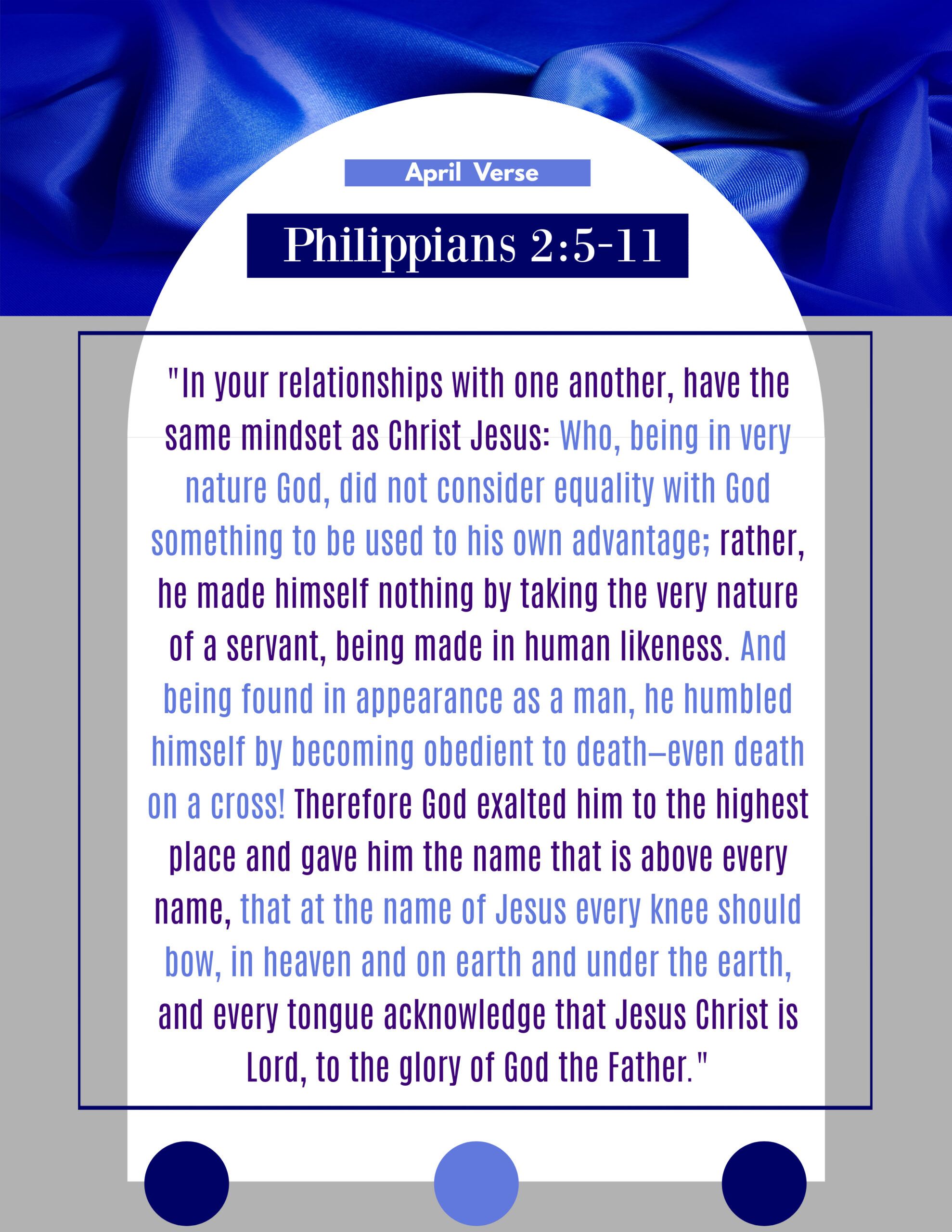Do you remember doing tangram puzzles when you were in school? I always thought they were a lot of fun, and Charleston shares my enthusiasm. With his strong logical/spatial skills, he tends to be remarkably good at them. But a few weeks ago, he encountered a tangram puzzle in his math workbook that had him stumped. He asked for help and I, too, couldn’t figure out the solution. We spent twenty minutes manipulating the variously colored shapes, repositioning and trying out new configurations, but we just couldn’t get it right.
Then we read the directions: Use all the ORANGE tangram pieces to create the image.
The orange pieces. . . JUST the orange pieces. We had been attempting to solve the puzzle using more than a dozen variously colored tangram shapes, and those extra tiles were cluttering our options and leaving us confused. The directions made all the difference: we removed the green, yellow, and red pieces from the table and were left with just a handful of orange shapes needed to replicate the puzzle; once we had set aside all those unnecessary tiles, the solution was obvious.

I’ve been thinking about that puzzle—how all the extra pieces were leaving us overwhelmed and confused—and how this is not unlike our experiences with the Bible. Like a box of assorted tangram tiles, the Bible is composed of many parts, each with a unique message and purpose. Every portion of the Bible is significant—just as every tangram tile has its own uses—but not every verse or story applies to every situation. Because the Bible is so extensive, we can become overwhelmed when approaching the Bible in its entirety. The pieces don’t seem to line up like we want them to; the verses jumble together and form a shape that we just can’t understand.
We know that ALL of Scripture is God-breathed, that it is ALL useful, living, and active. But sometimes, when we find ourselves getting confused by the breadth of Scripture, we must narrow our focus so as not to get distracted. In these moments when the whole of the Bible feels like just too much and we find ourselves needing an “orange tiles only” approach, we can zero in on a few key passages that capture all the very best bits. Philippians 2, verses 6 through 11, is one of those passages.

One commentator sums up the passage this way: “Paul incorporates into the Philippian letter an early Christian hymn or confession of faith, describing Christ as an obedient servant. The hymn is not a call to imitate Christ, which would be humanly impossible, but a call to believers to live in the identity of who they are in Christ.”
This hymn is thought to be one of the earliest communal declarations of Christ’s deity, and it is likely that the Philippian audience was already familiar with the confession before reading it in Paul’s letter. This statement of faith—this summation of WHO Christ was and why He came to earth—was not new information, but a reminder to the early church of where to put their focus. Paul was emphasizing Jesus’ deity, His humble servanthood, His heartfelt sacrifice, and His ultimate exaltation. This is the very core of the Christian faith, a building block upon which our beliefs are formed and from which our actions can flow.
This straightforward knowledge of who Jesus is, what He has done, and how we can live in our own identity of who we are in Christ is foundational. The rest of Scripture points to this very message, but the Bible’s many layers of story and encouragement can occasionally shift our attention from the heart of the Gospel. Philippians 2 is a “just the facts, please” type of passage that brings us back to the essentials. Joining in with this hymn of declaration and praise tunes the frequency of our hearts to the rhythm of Creation’s anthem of worship; knees bowed, hands lifted high, we sing glory and honor and praise to our risen Savior.